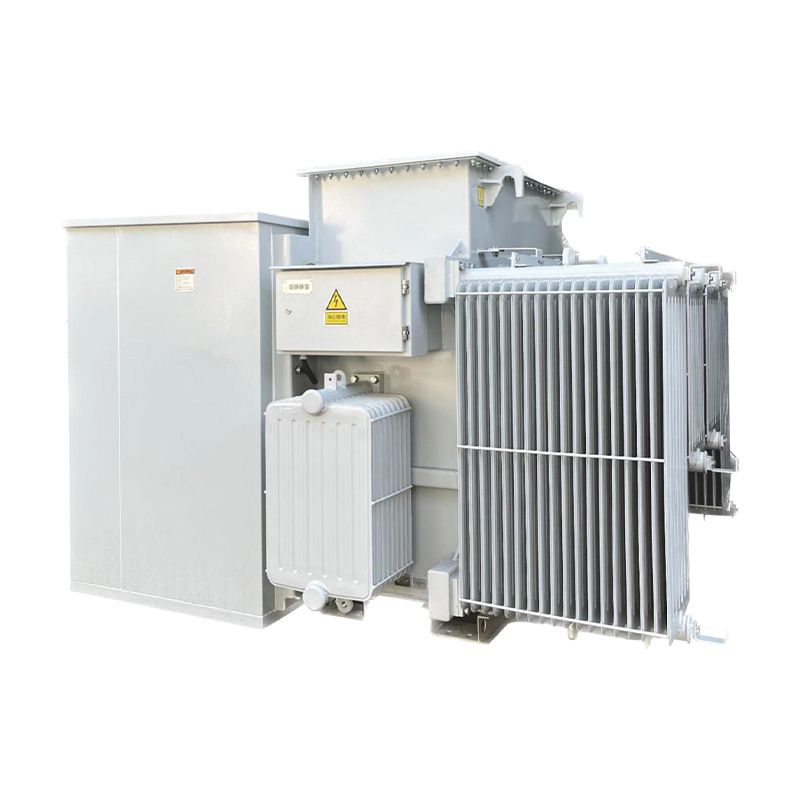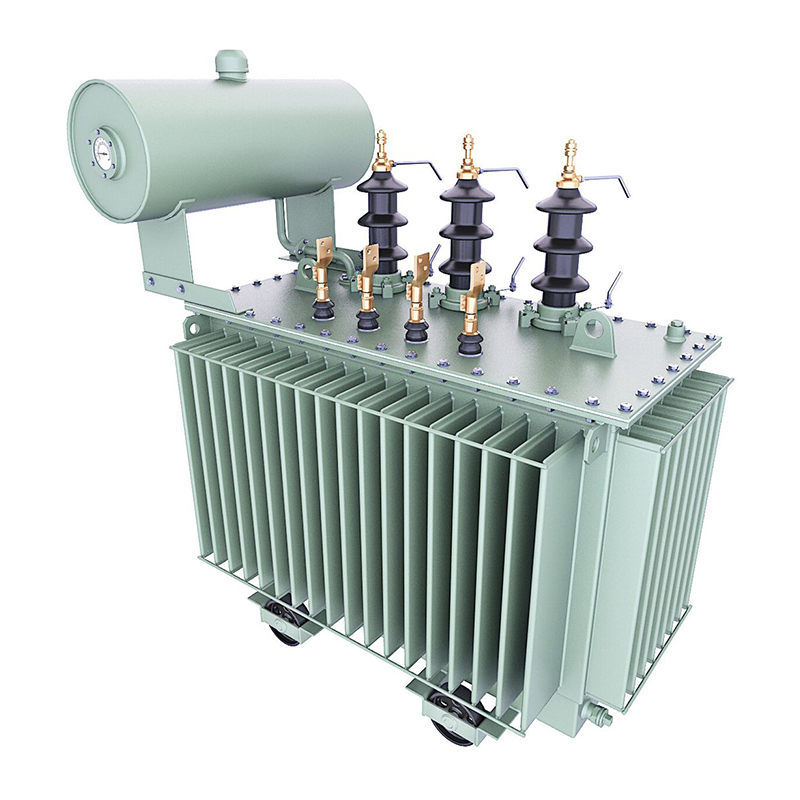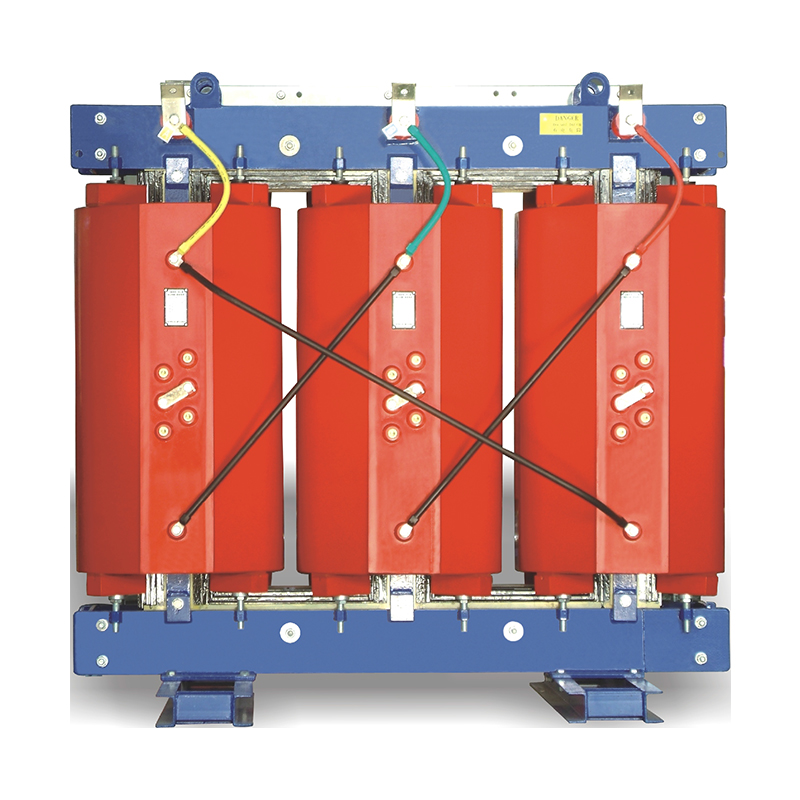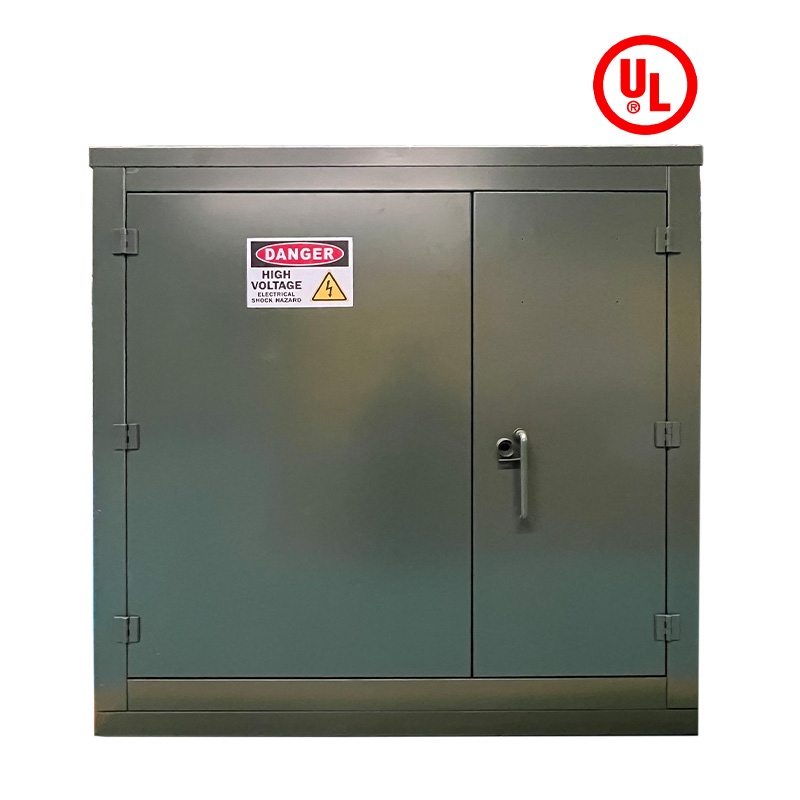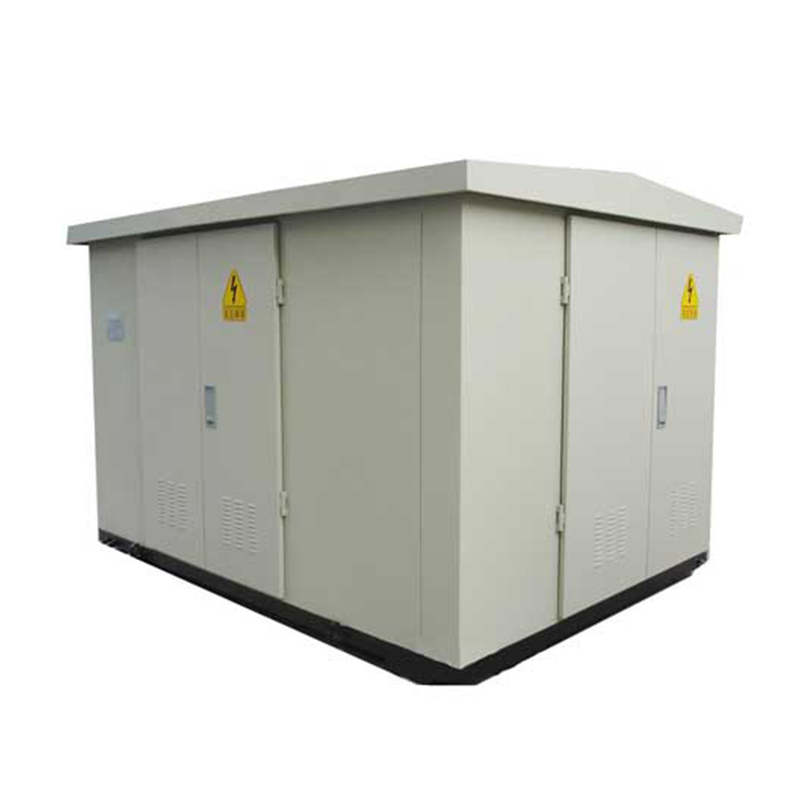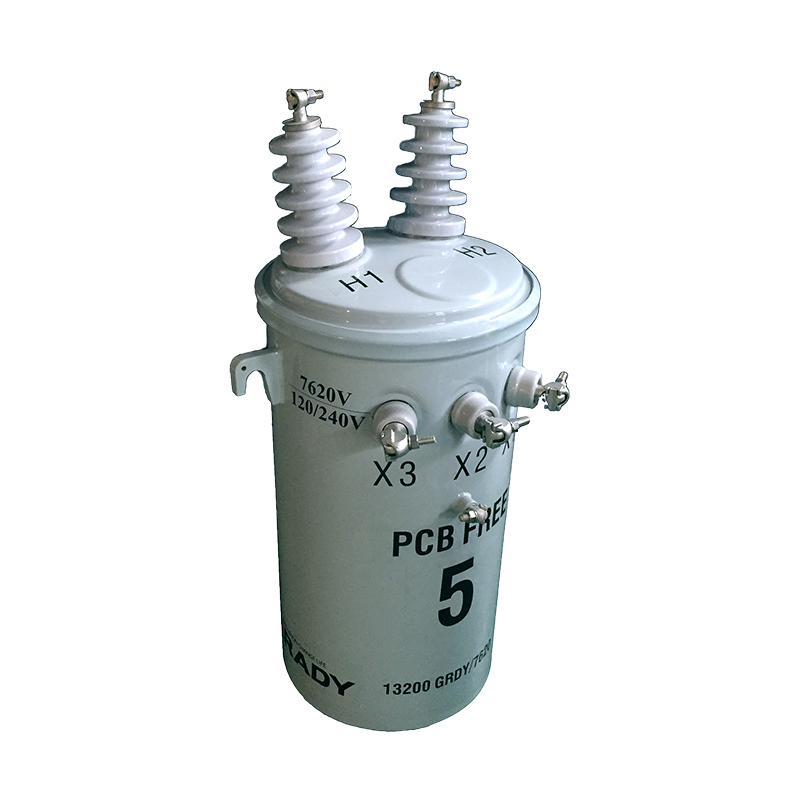Temperature is a critical parameter for evaluating the operational health of
power transformers. Excessive temperatures accelerate insulation degradation, reduce service life, and increase the risk of catastrophic failures (e.g., winding short circuits, oil decomposition). Key objectives of temperature monitoring include:
Real-Time Health Assessment: Detecting abnormal heat sources (e.g., loose connections, overloads).
Lifespan Extension: Maintaining temperatures within design limits to slow thermal aging.
Safety Enhancement: Preventing thermal runaway and fire hazards.
The insulation system (oil-paper/epoxy) is highly sensitive to temperature. According to the Arrhenius equation, the aging rate doubles for every 6°C increase above the rated temperature (typically 80–95°C for oil-immersed transformers). Prolonged operation at temperatures exceeding the design limit (e.g., 105°C) can reduce the lifespan from 20–30 years to just 5–10 years.
Thermocouples: Measure temperature via the Seebeck effect; suitable for high-temperature zones (e.g., winding hotspots).
Resistance Temperature Detectors (RTDs): Use materials like platinum (Pt100) for high accuracy (±0.1°C) in oil or air.
Thermistors: Semiconductor-based sensors with high sensitivity but limited temperature range (-40°C to 125°C).
Infrared (IR) Cameras: Detect surface temperatures via thermal imaging; ideal for outdoor transformers and bushings.
Fiber Optic Sensors: Use Raman scattering or Bragg gratings for distributed temperature sensing (DTS), enabling precise hotspot localization in windings.
IoT-Based Solutions: Wireless sensors (e.g., Zigbee, LoRa) transmit data to cloud platforms for real-time analytics.
SCADA Integration: Connect temperature sensors to supervisory control systems for centralized monitoring and alarm triggering.
Winding Temperature: Directly measured via embedded RTDs or inferred from oil temperature and load (IEC 60076-7 standard).
Oil Temperature: Monitored using thermometers in the tank or cooling system; reflects heat dissipation efficiency.
Core Temperature: Indirectly assessed via oil temperature and magnetic loss calculations.
Cooling System Components: Fans, pumps, and radiators to ensure proper heat dissipation.
Cellulose Degradation (Paper Insulation):
Hydrolysis and oxidation break down paper fibers, reducing tensile strength and increasing conductivity.
Byproducts include furfural, CO, and CO₂, detectable via oil chromatography (DGA).
Oil Degradation:
High temperatures cause oil to oxidize, forming acids, sludge, and gases (e.g., methane, ethylene).
Acid number and breakdown voltage (BDV) are key indicators of oil health.
Polymer Degradation (Dry-Type Transformers):
IEEE Guide for Loading Transformers (C57.91):
Uses the thermal aging rate v and cumulative damage D to predict remaining life:v=exp(kEa(T01−T1))D=∑(v×Δt)
Ea: Activation energy (40–60 kJ/mol for oil-paper systems).
T0: Reference temperature (e.g., 98°C).
T: Operating temperature (K).
Endurance Time Method:
Determines the time to reach 20% tensile strength loss in paper insulation at a given temperature. For example, paper aged at 110°C may fail in 5 years, versus 20 years at 98°C.
Oil Chromatography (DGA):
Analyzes dissolved gases (e.g., CH₄, C₂H₄, H₂) to identify thermal faults. The IEC 60599 code links gas ratios to specific failure modes (e.g., low-temperature pyrolysis vs. high-energy arcing).
Frequency Domain Spectroscopy (FDS):
Measures the dielectric response of insulation to assess moisture content and aging. A higher dielectric loss tangent (tanδ) indicates degraded insulation.
Dynamic Thermal Rating (DTR):
Uses real-time load, ambient temperature, and cooling data to calculate the transformer’s actual capacity, optimizing load distribution and aging management.
Baseline Data: Establish normal temperature profiles under full load and typical ambient conditions.
Trending Data: Monitor temperature trends over weeks/months to detect gradual increases (e.g., 0.5°C/month rise may indicate deteriorating cooling).
Load Curtailment: Reduce load during peak temperature periods.
Cooling System Upgrades: Install additional fans or replace blocked radiators.
Insulation Refurbishment: Replace aged paper or oil in transformers with high thermal stress.
IEEE C57.104: Provides guidelines for load forecasting and aging assessment.
IEC 60076-14: Specifies thermal endurance tests for transformer insulation.
ISO 19438: Defines methods for monitoring transformer oil quality.
Scenario: A utility company detected a 15°C temperature rise in the top oil of a 10 MVA transformer over 6 months.
Diagnosis: DGA revealed high ethylene (C₂H₄) levels (150 ppm), indicating winding overheating due to a loose connection.
Action: Replaced the faulty connector, reducing temperature to baseline and avoiding a potential failure.
AI and Machine Learning: Predictive models using neural networks to correlate temperature data with aging parameters.
Digital Twin Technology: Virtual replicas of transformers for real-time thermal stress simulation.
Self-Healing Insulation: Nanocomposite materials that repair thermal damage autonomously.
Effective temperature monitoring and thermal aging assessment are essential for maintaining the reliability and longevity of power transformers. By integrating advanced sensors, data analytics, and industry standards, operators can proactively manage thermal risks, optimize maintenance schedules, and ensure the safe operation of critical power infrastructure. Continuous innovation in monitoring technologies will further enhance the accuracy and efficiency of aging assessments, supporting the transition to smarter, more resilient grids.





